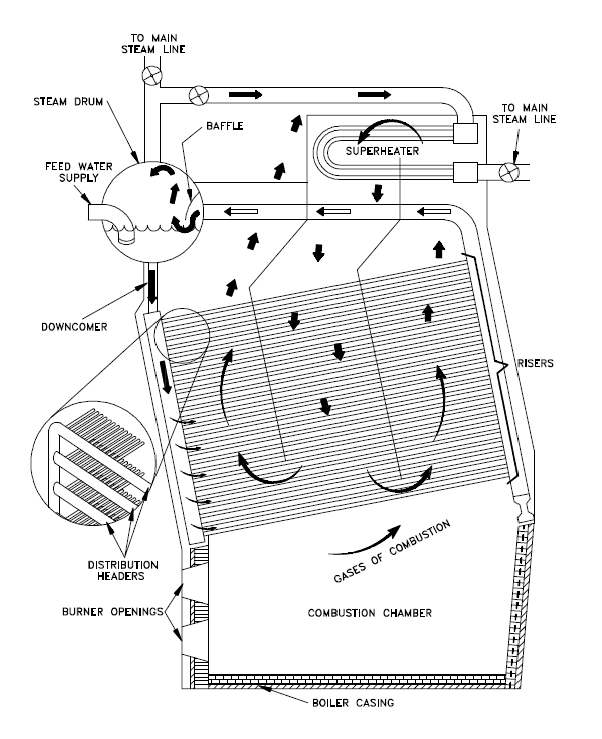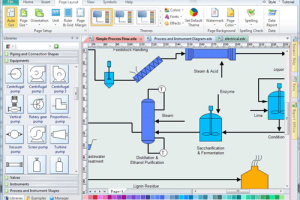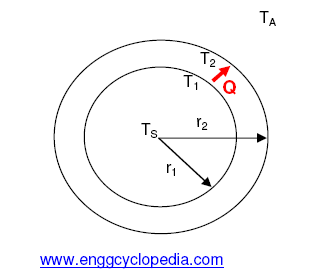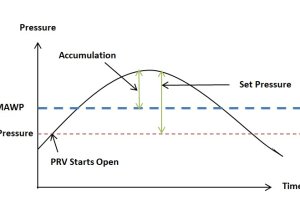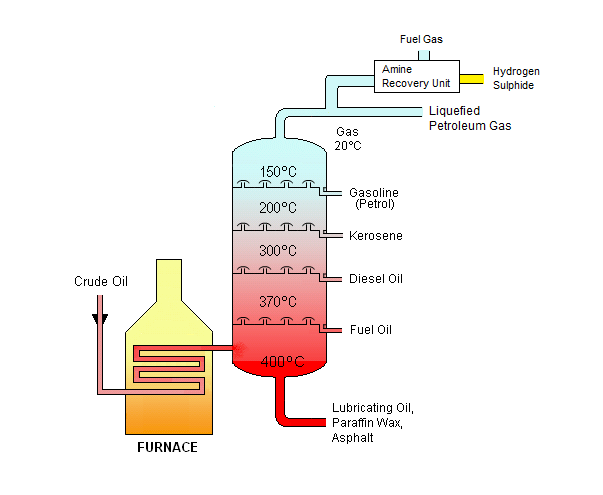 Crude oil refining
Crude oil refining
Crude oil extracted from geological sources is a mixture of a wide range of hydrocarbons starting from lightest methane to heavy long chain hydrocarbons found in tar. The hydrocarbons are often accompanied by water, H2S, particulate matter such as sand etc. This crude oil stream undergoes an elaborate refining process which comprises of separation of different cuts of hydrocarbons, conversion of some hydrocarbons into more desirable products and purification of extra substances such as sulphur before shipping it away.
There are several end products / product types of crude oil refining processes, some of which are described here.
Fuel gas
The lightest gas (C1 to C3) separated at atmospheric pressure from rest of the crude oil is used in the refinery as fuel gas. This is not an end-product of the refining process, as the excess fuel gas is flared off. Fuel gas is used for various purposes in the refinery including blanketing gas.
Liquefied Petroleum Gas (LPG)
LPG This is mainly mixture of propane and butane (C3+C4). These gases separated from the top of Atmospheric Distillation Unit (or Crude Distillation Unit - CDU) are liquefied under pressure and sold as cooking fuel.
Petrol / Gasoline
Petrol or Gasoline is one of the commonly used automotive fuels. Its is a mixture of cyclic compounds known as ‘napthas’.
Jet Fuel / Kerosene
Most of refinery produced kerosene can be used as high quality Aviation Turbine Fuel (ATF). Some of that kerosene can be used for domestic purposes as heating / cooking oil. Kerosene is less volatile than gasoline and separated from crude oil after the napthas have boiled off.
Diesel
Diesel oil is primarily used as transportation fuel in compression ignition engines in various types of vehicles. A kind of diesel oil also known as ‘gas oil’ can be domestically used for heating. Diesel is less volatile (or heavier) than gasoline and kerosene.
Fuel oils
A range of different grades of fuel oils is produced from crude oil after boiling off the lighter products such as gasoline, naptha, kerosene etc. The lighter grades of fuel oil are used as transportation fuel for compression engines with low velocities and heavier grades of fuel oil are used as fuel to boilers, power stations etc.
Bitumen
This is the heaviest cut of hydrocarbons left at the bottom after boiling off all the hydrocarbons usable as fuels. It is primarily used as road covering material, but can also be used as a waterproofing material.
Sulphur
Crude oil production is generally accompanied by H2S gas. This H2S gas is separated from rest of the crude oil along with fuel gas - methane and ethane (C1 & C2). H2S is separated from the fuel gas in Amine Recovery Unit (ARU) and further, pure sulphur is separated in the Sulphur Recovery Unit (SRU). This sulphur in liquefied form is sold to the fertilizer manufacturers.
